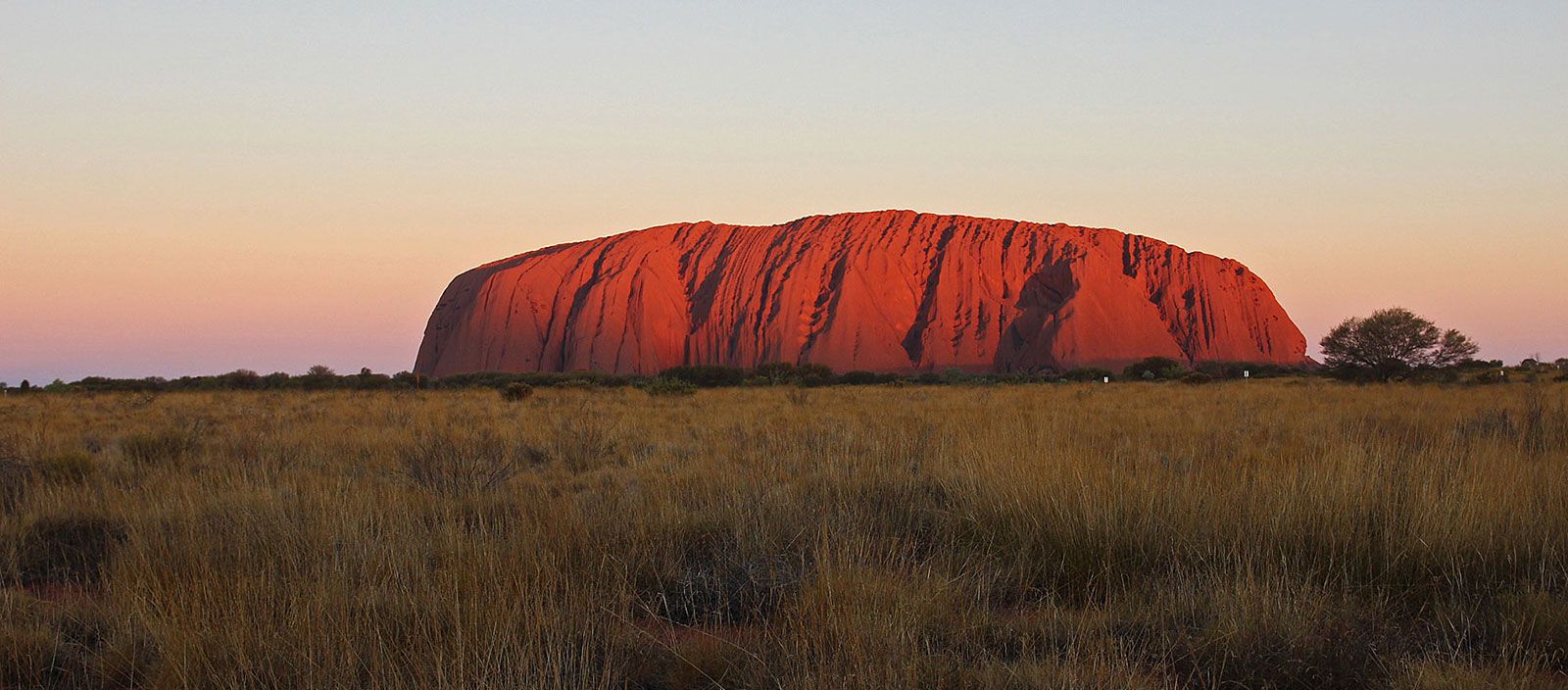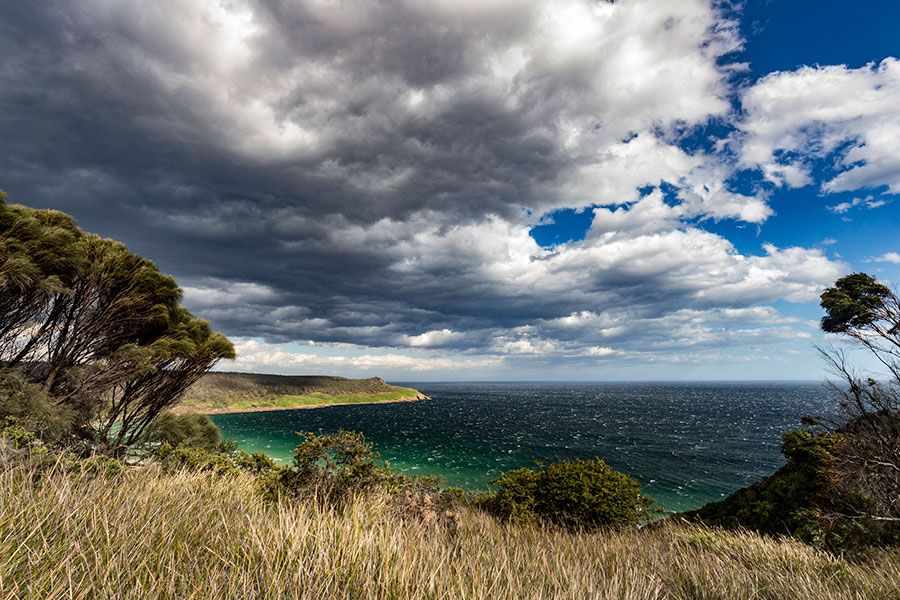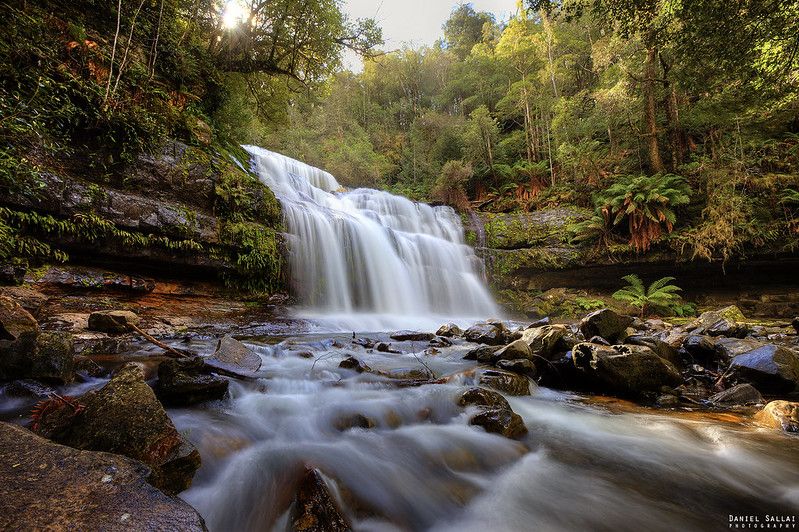Sweden is aiming for a zero-waste society. This takes the country’s recycling revolution one step further – from dumping rubbish in landfills to recycling to reuse. Sweden is a global leader in many areas but it really stands-out when we talk about recycling.
In 2016 there were 212,500 tonnes of plastic on the Swedish market. About half was recycled. The fact is that Sweden uses trash to fuel incineration plants, where waste is turned into, among other things, new products, raw materials, and heat.
The Swedish system for recycling of packaging is based on producer responsibility. Regardless of the type of material the packaging is made of – paper, plastic, metal, wood or glass – the producers are responsible. Producer responsibility also applies to newsprint. Among other things, this implies that the producers are obligated to set up collection and recycling systems for packaging and newsprint.
Packaging and newsprint are collected through collection systems. There are public recycling stations where consumers can discard packaging and newsprint in separate containers. Recycling stations are found in all of Sweden, and most of the packaging and newsprint from households is collected this way. There are also solutions for kerbside collection in places such as multi-compartment bins or separate containers in apartment buildings. A national deposit refund system for PET bottles and aluminum cans is also in place.
31-year-old Swedes Daniel Silberstein says:
A big part of it is thinking about what kind of environment our daughter is going to have in the future. I am a kid of the 1990s and not recycling is kind of abnormal for us, but for Charlie’s generation, it will hopefully go even further. She already thinks it’s fun to push the cartons into the recycling station when I take her.
In the mid-70s only 38% of household waste in Sweden was recycled. For comparing – today that figure has jumped to an astounding 99%. Sweden’s goal of ‘zero waste’ is almost reached.
In the cities, there are many recycling areas located in convenient spots, while larger centers are located further, where you can drop off sorted household items like wine bottles, soup cans, light bulbs, and newspapers. Especially after a holiday, these centers are overrun with recycling, but the trucks come every day to empty the bins.
Larger items can be brought to larger recycling centers or picked up by special trucks. Sweden has implemented the reward system, in which you pay more if you buy plastic bottles and metal cans, but you get back when you deliver them to the return centers in grocery stores.

Photo credit: Source: Swedish EPA. Photo: Simon Paulin/imagebank.sweden.se
So how Sweden managed to achieve that?
Back in 1991, Sweden was one of the first countries to implement a heavy tax on fossil fuels, today almost 50% of all electricity is generated from renewables.
Plastics, glass, metal and paper, all of it is recycled and turned into new products. Even food is composted to become soil or biogas, and wastewater is purified to be potable. And one side benefit is that heavy metal emissions have been reduced by 99% since the mid-80s, despite Sweden incinerating three times more waste today than back then.
In 2017 the Swedish government reformed the tax system so that people could get cheaper repairs on used items, and Swedish clothing giant H&M operates a recycling scheme where customers get a discount upon handing in old clothes. Meanwhile, researchers are working on finding new clothing materials that are less damaging to the environment.
Sweden’s reuse revolution would not be possible without those who do the literal dirty work of handling Sweden’s rubbish.
Most people in Sweden, though, believe that even more can be done. Sweden’s recycling program works so well that they ran out of trash and start importing from Norway, the UK, other countries. All that is used to heat homes and create new products, which means that Sweden will not deplete natural resources.
‘In the future we’ll look at the old style of recycling the way we look at fossil fuels and landfill sites today. It will all seem crazy.’
So next time you think of throwing that water bottle, soda can, or newspaper in with all the other mixed-up trash – think again: if Swedes can manage to recycle everything in sight, no matter how small their flat is, you can as well.
Photo credit: Freepik.com
Read more sustainable articles by checking out our other posts






















